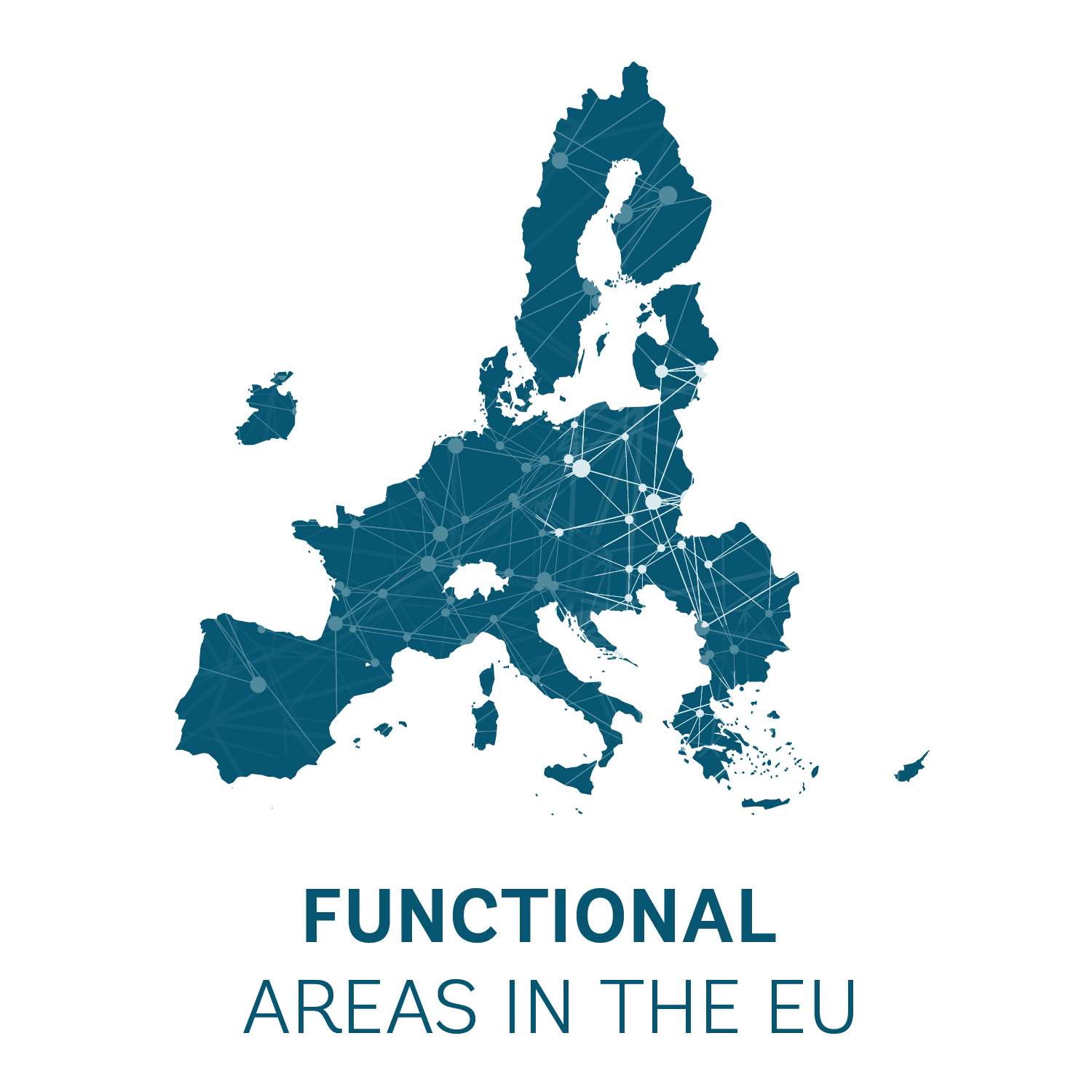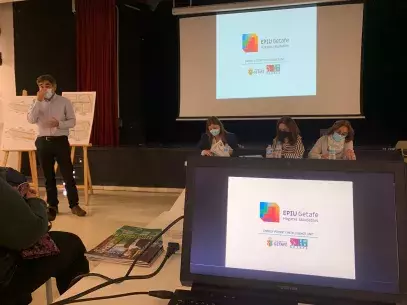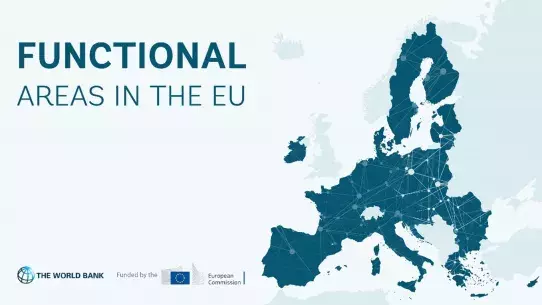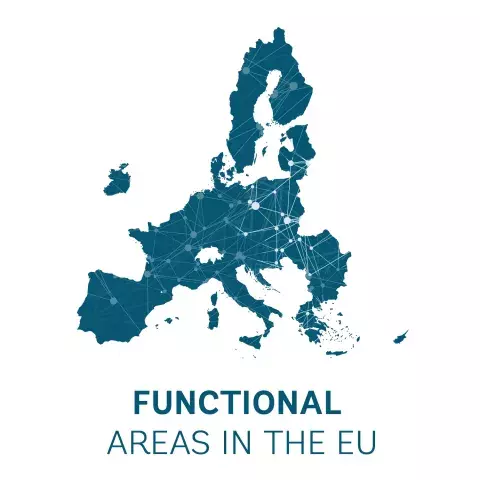
CARBON NEUTRALITY Challenge Despite relying on a tertiary economy with few major industrial plants, the GHG levels in Cluj-Napoca Metropolitan Area remain high. The main sources of emissions and pollution are heavy traffic and different types of buildings using natural gas as main heating fuel. The local authorities are actively committed to reduce conventional fuel consumption in both sectors, but the outcomes will only become visible in time. One of the main challenges is that both the housing stock and motorization rate continue to grow consistently, triggered by the increasing attractivity of Cluj-Napoca and its metropolitan area for young people coming from all over the country and abroad. Like most of the cities from former communist countries, Cluj is lacking a network of large green areas, especially in dense multifamily residential areas. This is one of the main sources of dissatisfaction for residents of all ages. SolutionRight before the pandemic period, the local authorities in Cluj-Napoca have launched one of the most ambitious green infrastructure development program in the E.U., called ”Green Cluj”. This program includes both the extension and rehabilitation of approximately 200 hectares of green areas, included in a coherent network that covers the entire city area, but also part of the metropolitan territory. The aims of the program are multiple: carbon sequestration, urban renewal of residential and brownfield areas, conservation of natural habitats and biodiversity, promotion of healthy habits, sports and recreational activities. In order to achieve all these objectives, the preparation stage of these new green areas was subject to international design competitions that allowed the municipality to attract experienced architects and specialists from all over the world. This approach also created the proper context for an extended consultation with all relevant stakeholders, in different phases: preparation of the ToR for the design competition, selection of winning solutions, preparation of intermediary and final detail plans and technical documentations by the winner. The different consultations with all these stakeholders were organized by the Center for Civic Innovation and Imagination (CIIC), established by Municipality of Cluj-Napoca in 2017. The program includes not only the reuse of public areas for building new green areas, but also the expropriation of valuable private land, following changes in the national legislation for this purpose only. For example, two modern gas stations will be replaced to make more space for the extending green areas, a premiere at national level. The rehabilitation of existing parks aims at making them multifunctional and more attractive to different age groups is also an important component of the Program. These parks will be equipped with smart urban furniture, electric charging stations, LED technology for public lightning, underground waste platforms, dynamic informational panels etc., in line with the digital transformation strategy. Another line of action under the Green Cluj Program includes planting over 100,000 mature trees in different public areas by 2030. Some of the green areas included in the Program have already been delivered to the local community with the support of EU funding for the 2014-2020 programming period, while most them are under construction/preparation and will benefit from similar funding in the current period. The future plans include building a green bolt around the city and its metropolitan area, but also ecological corridors to connect the natural protected areas existing around in the proximity. Other best practices Tourism, culture and brandingHarnessing the Untapped Potential: The All-Season Tourism Masterplan for Jiu ValleyJiu Valley & Jiu ConurbationContinue reading Best Practices | Urban regenerationUrban-rural linkages: regeneration of public spaces in the Cluj Metropolitan AreaCluj-Napoca Metropolitan AreaContinue reading Governance | Strategic planningIntegrated Development Strategy of Brno Metropolitan AreaBrno Metropolitan AreaContinue reading 12Next
About this resource
In 2021, the European Commission launched a pilot project to improve functional area approaches in the EU and has partnered with the World Bank to implement this initiative. As part of the project, the project team collaborated with 12 functional areas from seven EU countries, providing them with tailored technical support and assistance: Zagreb Urban Agglomeration (Croatia), Brno Metropolitan Area (Czech Republic), West Athens (Greece), Lake Balaton Area (Hungary), Kalisz-Ostrów Agglomeration, Kraków Metropolitan Area (Poland), Jiu Valley and Jiu Conurbation Functional Area, Caraș-Timiș Functional Area, Cluj Metropolitan Area, Oradea Metropolitan Area, West Ialomița Functional Area (Romania), and Trenčín Functional Area (Slovakia).
Similar content




